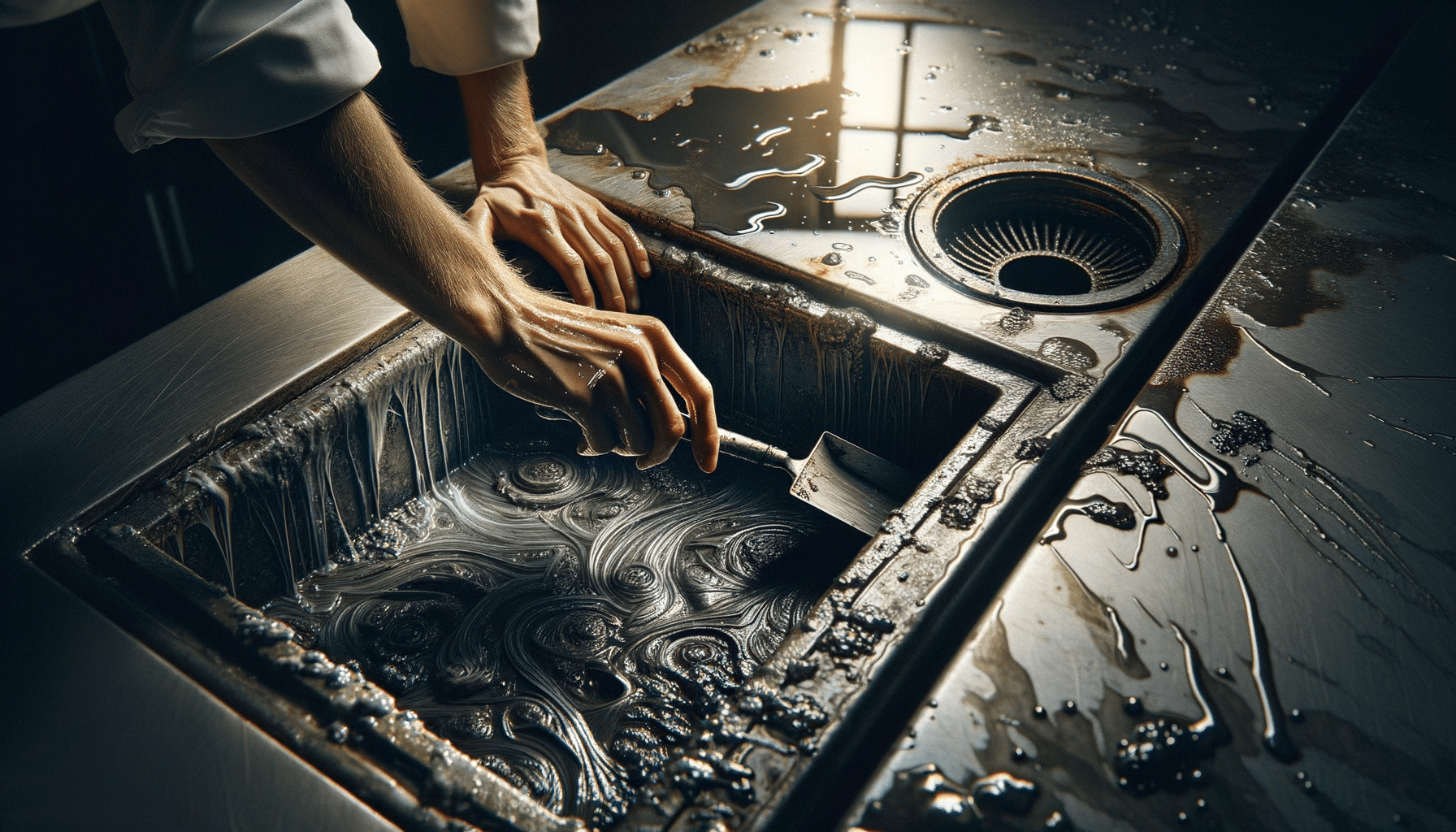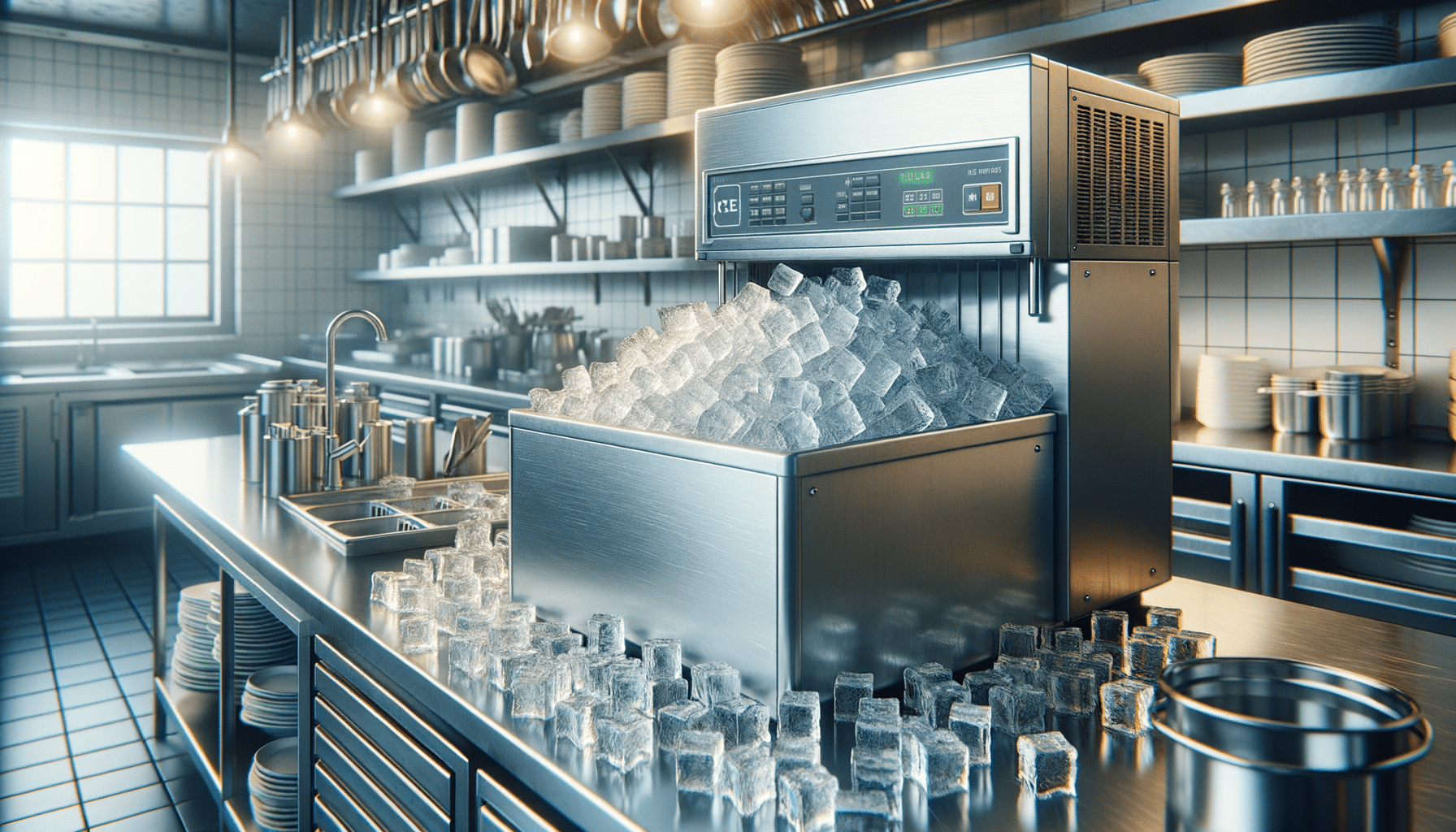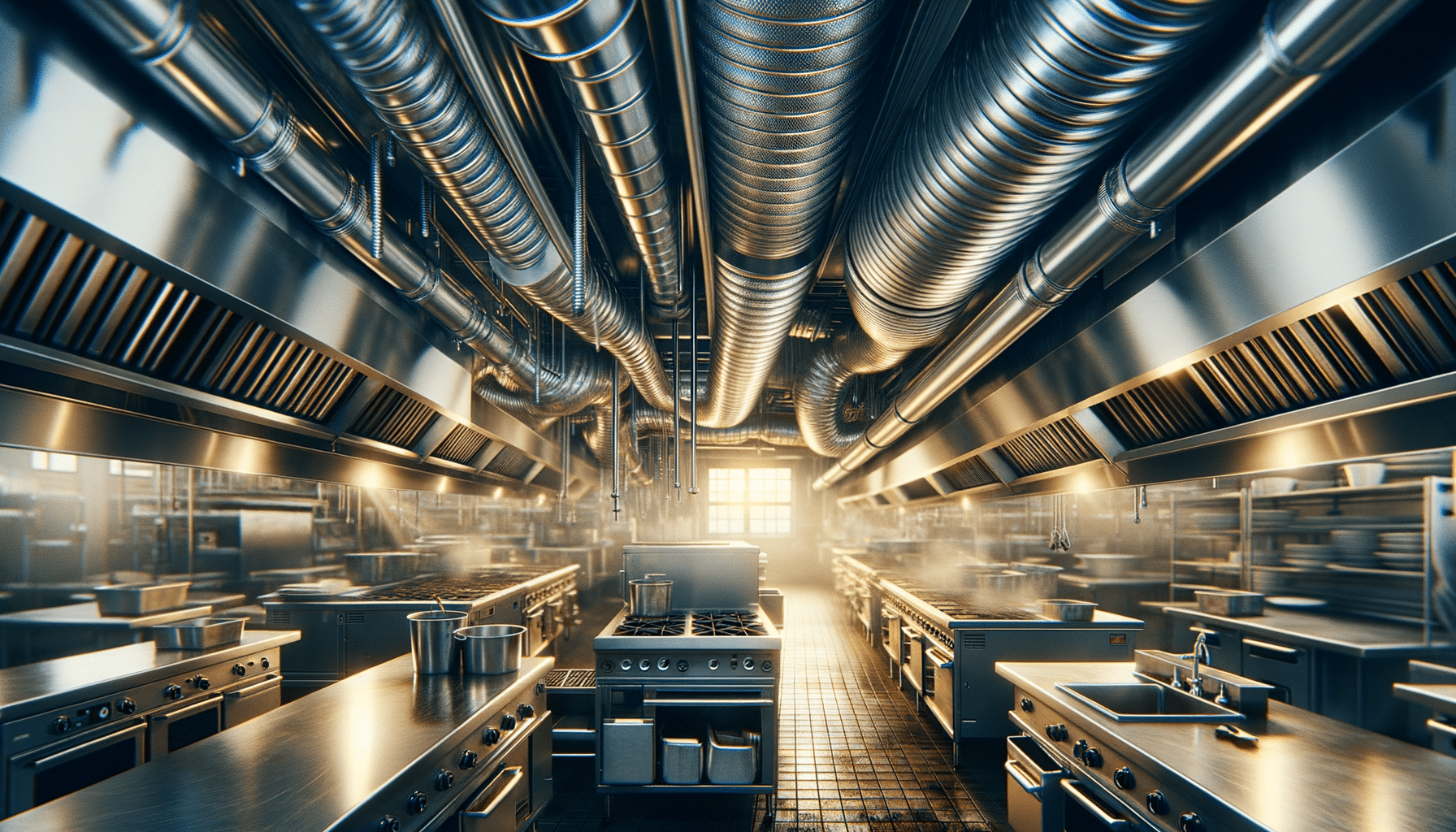
Comprehensive Guide to Grease Trap Cleaning
Introduction to Grease Trap Cleaning
Grease traps are essential components in commercial kitchens and food processing facilities, designed to intercept fats, oils, and grease before they enter the wastewater system. Regular grease trap cleaning is crucial to maintain optimal performance and prevent plumbing issues. This article explores the importance of maintaining these devices, the cleaning process, and practical tips for effective grease trap management.
The Importance of Regular Grease Trap Maintenance
Regular maintenance of grease traps is vital for several reasons. First and foremost, it prevents blockages in plumbing systems. Fats, oils, and grease can solidify and cause serious clogs, leading to costly repairs. Additionally, by regularly cleaning grease traps, businesses can avoid unpleasant odors that can permeate the kitchen and dining areas, ensuring a pleasant environment for staff and customers.
Moreover, consistent maintenance aligns with local regulations. Many jurisdictions require regular grease trap cleaning to reduce the environmental impact of grease waste. By complying with these regulations, businesses can avoid fines and contribute to environmental sustainability. Regular cleaning also extends the lifespan of the grease trap, ensuring it functions effectively over time.
Understanding the Grease Trap Cleaning Process
The grease trap cleaning process involves several steps to ensure thorough removal of accumulated fats, oils, and grease. Initially, the trap is opened, and any standing water is bailed out. Next, the solidified grease is scraped off, ensuring all corners and crevices are addressed. A wet vacuum can be used to remove remaining debris and liquids.
Following the removal of grease, the trap is thoroughly cleaned with water and a degreasing solution. This step is crucial to eliminate any residual fats that could quickly build up again. Once cleaned, the trap is inspected for any damage or wear that might require repair or replacement. Finally, the trap is reassembled and securely closed, ready to continue its vital role in the kitchen.
Practical Tips for Effective Grease Trap Management
Effective grease trap management involves more than just regular cleaning. Implementing a routine schedule for inspections and maintenance is key. Establishing a logbook to record maintenance activities can help keep track of cleaning intervals and any issues that arise. Additionally, training kitchen staff on proper disposal methods for fats, oils, and grease can significantly reduce the load on grease traps.
Another tip is to monitor the grease trap’s performance regularly. If blockages or overflows occur frequently, it may indicate that the trap is undersized for the volume of waste generated, necessitating an upgrade. Lastly, partnering with a professional grease trap cleaning service can ensure thorough maintenance and compliance with local regulations, providing peace of mind for business owners.
Conclusion: Ensuring Longevity and Efficiency
In conclusion, regular grease trap cleaning is an indispensable practice for any commercial kitchen. It not only prevents costly plumbing issues but also ensures a clean and odor-free environment. By understanding the cleaning process and implementing effective management strategies, businesses can prolong the life of their grease traps and comply with environmental regulations. Investing time and resources into proper grease trap maintenance ultimately leads to a more efficient and sustainable operation.


